Where better to get the word on the street in Tehran than from a Tehrani himself? We asked Shabab to give us the low down.
In the late 18th century, Tehran, lying in the south slopes of the Alborz Mountains, became the capital for the first time in Iran’s history, although some parts of it are even older than historical records. It is the heart of Iran, not just because of being the center (of government, politics, economics, business, science, industry and big decisions), but because millions of people from around the country with different cultures, languages and beliefs are living there.
Why go?
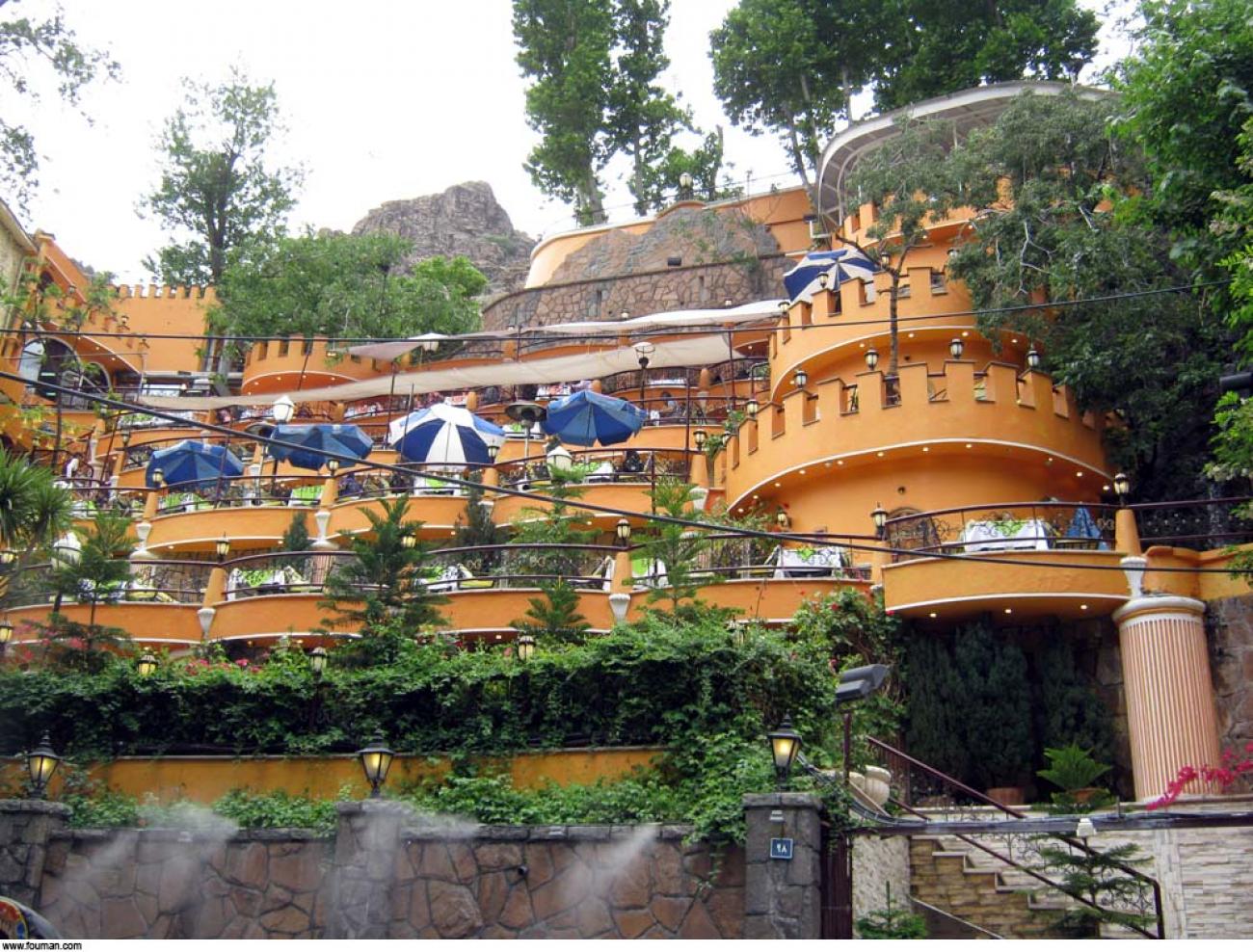
Visit a combination of old and new districts, historic sites, an array of museums, galleries, parks, plenty of traditional and international restaurants and hospitable people which make this city worthy. Walk in the town and explore its green alley in the north and bustling Bazaar in the middle of the city. You can find out how an ordinary citizen lives in this traffic-clogged and messy concrete but still lovely, active and dynamic city.
Hit the Streets
The main street of Tehran is Valiasr Street (referring to the 12th Shiite Imam), the longest street in the Middle East, more than 17 km in length, which divides the city into eastern and western parts. It connects Tehran’s railway station in the south to the Tajrish Square in the north of Tehran. Wander in this tree-lined street enjoying its many cafés, restaurants and shops.
Lunch
A wide range of restaurants all around the city makes it easy to find a delicious meal. Haj Morshed in the Bazaar is a cosy place with a wonderful story where you can enjoy kebabs and stews. This restaurant would complete your trip to the Bazaar. Try traditional Iranian dish Abgoosht (meat stew) at the wonderful restaurant Dizi.
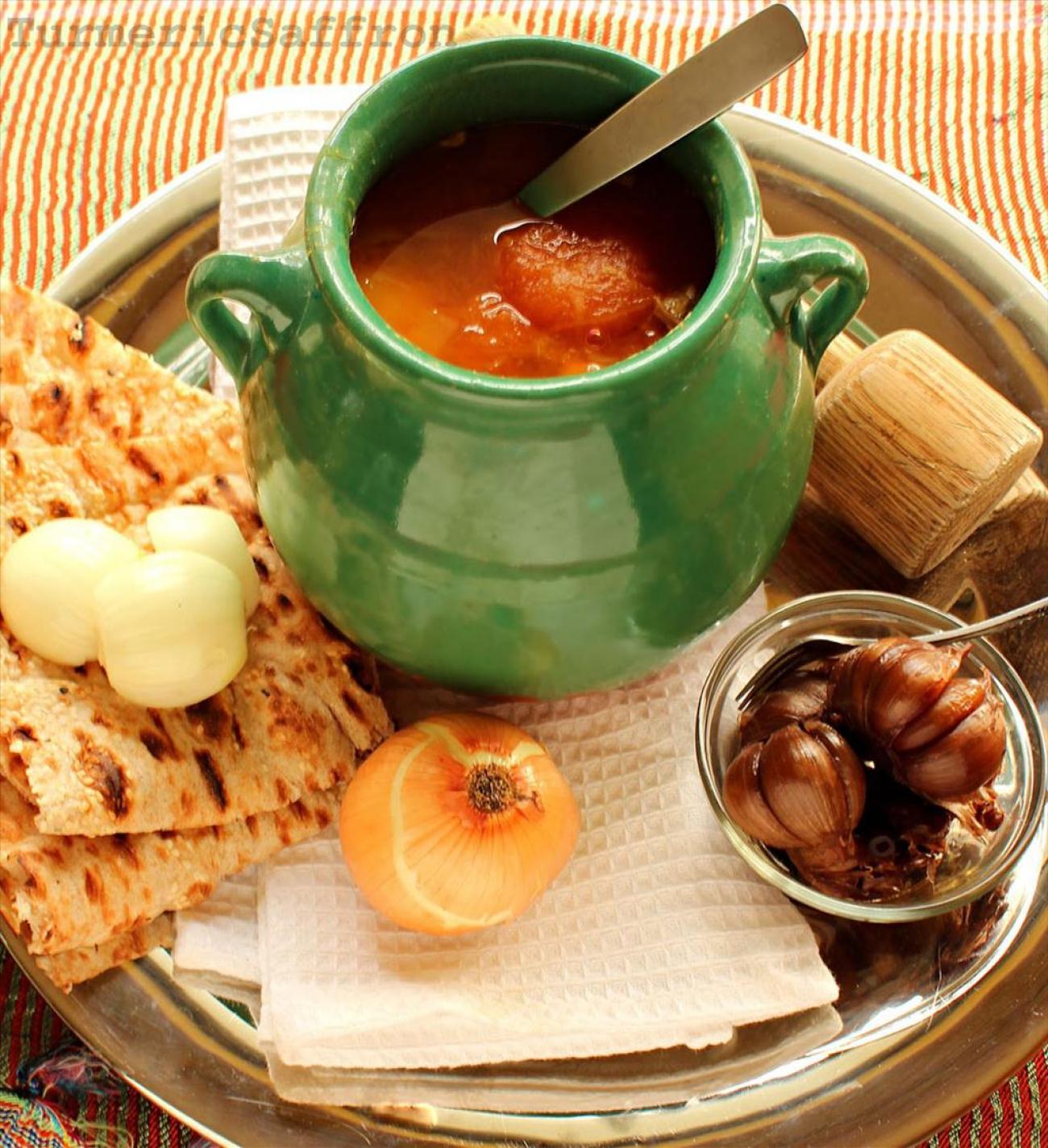
Shemroon Kabab
During a visit to Iran you will discover how many different types of kebabs Iranians enjoy! Go to Shemroon Kabab and try an excellent variety in this 3-storey restaurant with a beautiful terrace overlooking Tajrish square.
Dijon
Here, enjoy international food over an astonishing view of Alborz Mountains. The only restaurant in Iran owning its own organic farm, Dijon is an international café-restaurant in Palladium Mall. The ambience, the lighting, the furniture, the variety of foods and drinks and especially the balcony altogether provide you with a memorable day or night.
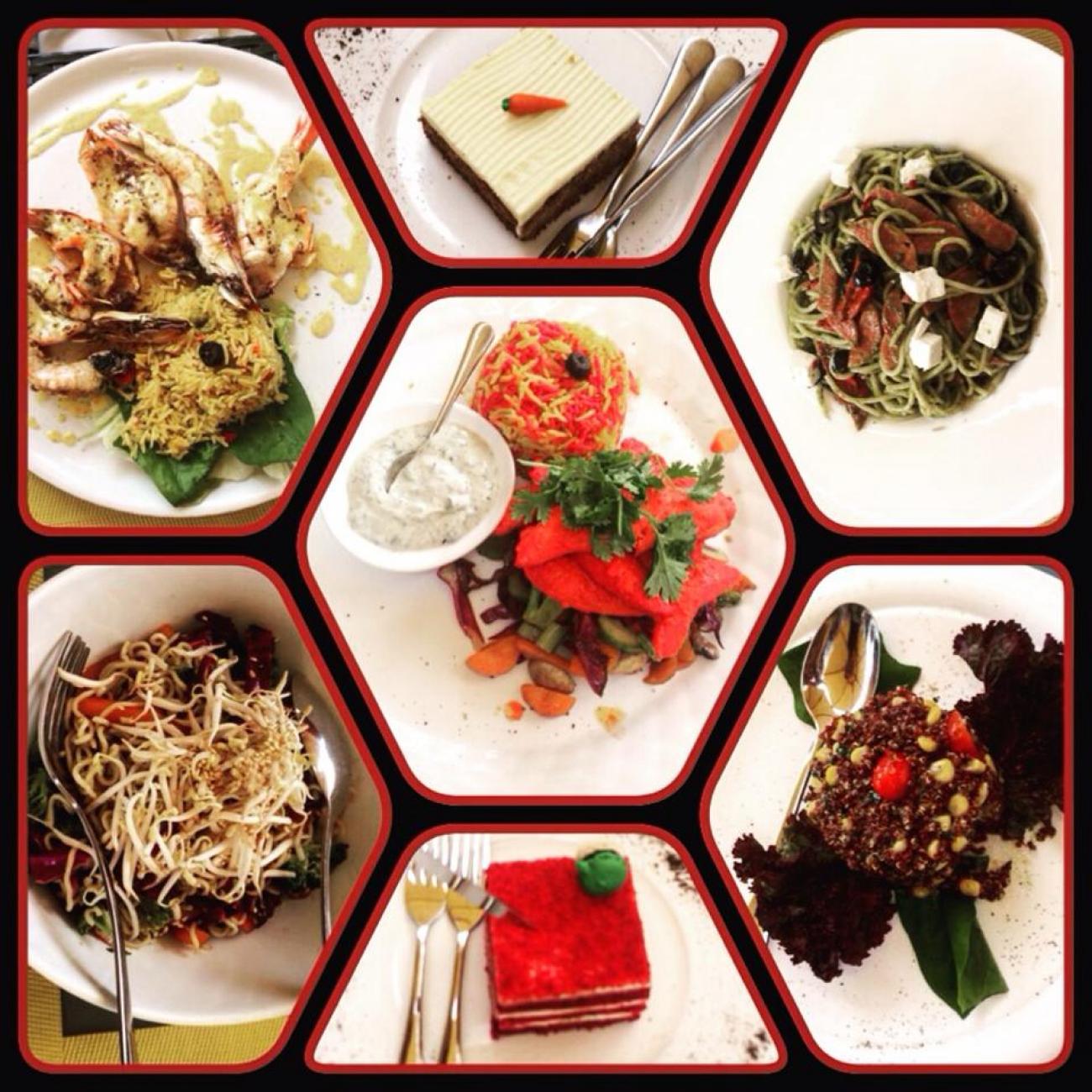
Déjà Vu
This luxurious café-restaurant with a fabric roof has chic furniture and enjoys natural daylight. It serves an array of Mediterranean, Greek and Middle Eastern cuisine. Perfect if you're seeking a luxury experience in Tehran.
Must-Sees
Golestan Palace
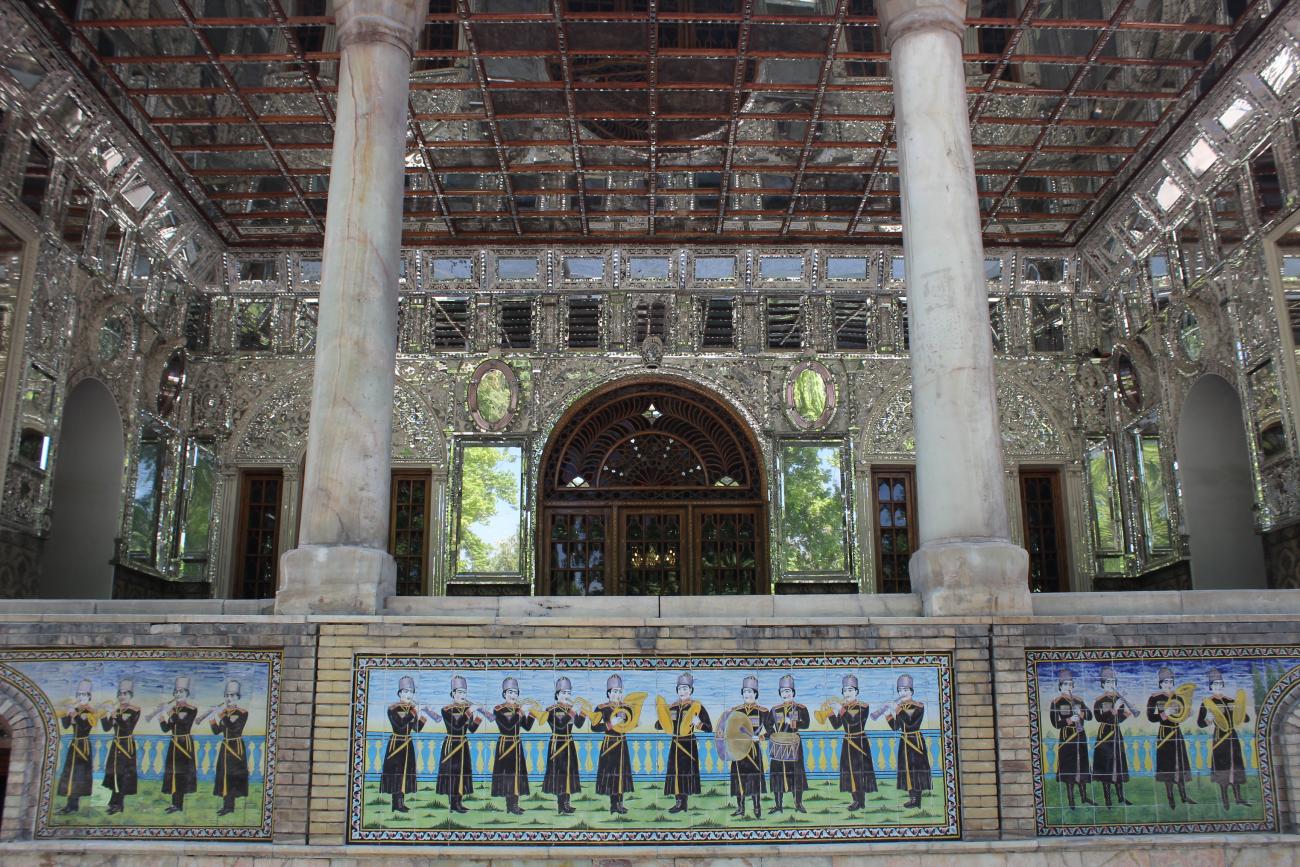
Designated a UNESCO World Heritage Site in 2013, this historic palace is the oldest royal monument in Tehran. It was the official residence of the royal Qajar family. During the Pahlavi dynasty it was used for formal royal receptions; the most important event held in that era was the coronation of Reza Shah and Mohammad Reza Pahlavi. Have a unique experience in this palace of 17 structures, with its astonishing museums and halls as well as a beautiful garden.
Sa'd Abad Museum complex
Set on the north of Tehran in spectacular and huge parkland, Sa'd Abad Palace was built by the Pahlavi dynasty. The first residents of this complex, however, were Qajar monarchs and royal family. Today, 18 buildings of Sa'd Abad Museum complex are museums presenting various subjects ranging from royal automobiles and royal porcelain to miniature paintings and fine arts.
Treasury of the National Jewels
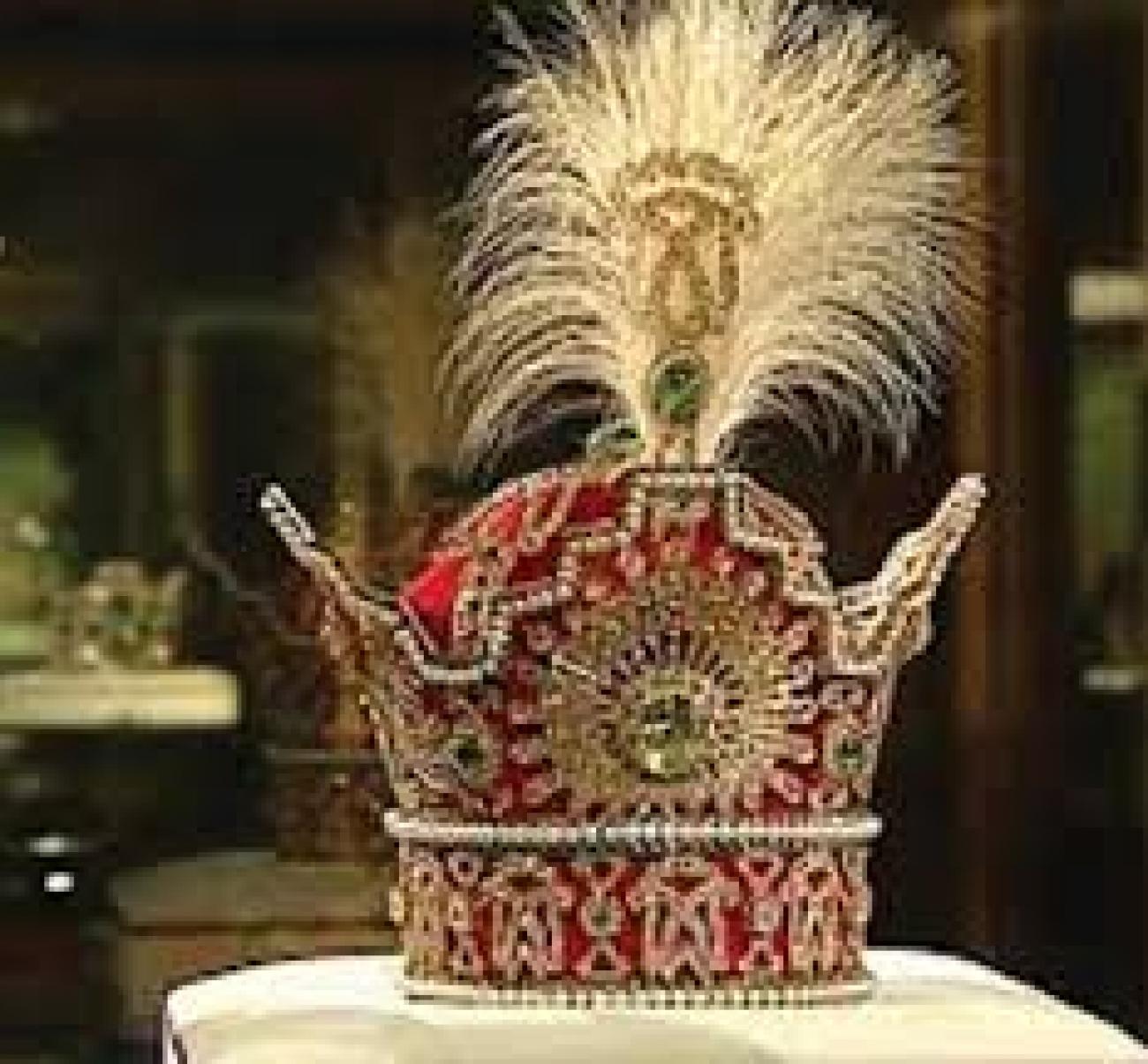
After seeing the stunning jewellery in paintings belonging to Safavid and Qajar dynasties in Golestan Palace, it is time to find some of them for real in this museum. One of the most important objects of the Jewellery Museum is the largest uncut diamond in the world, the Darya-ye Nur (Sea of Light). Other glamorous jewels include elaborate crowns, some bejewelled swords and shields and a 34kg golden globe made of emeralds, precious stones and diamonds.
National Museum of Iran
Built in 1928, the national museum of Iran is the host of Iran’s rich history. The museum consists of two buildings: Museum of Ancient Iran and Museum of the Islamic Era. The national museum is designed by French architect Andre Godard and inspired by Sassanid architecture. This is worth a visit for impressive selections dating back to prehistoric, ancient and medieval eras of Iran.
Tehran Grand Bazaar
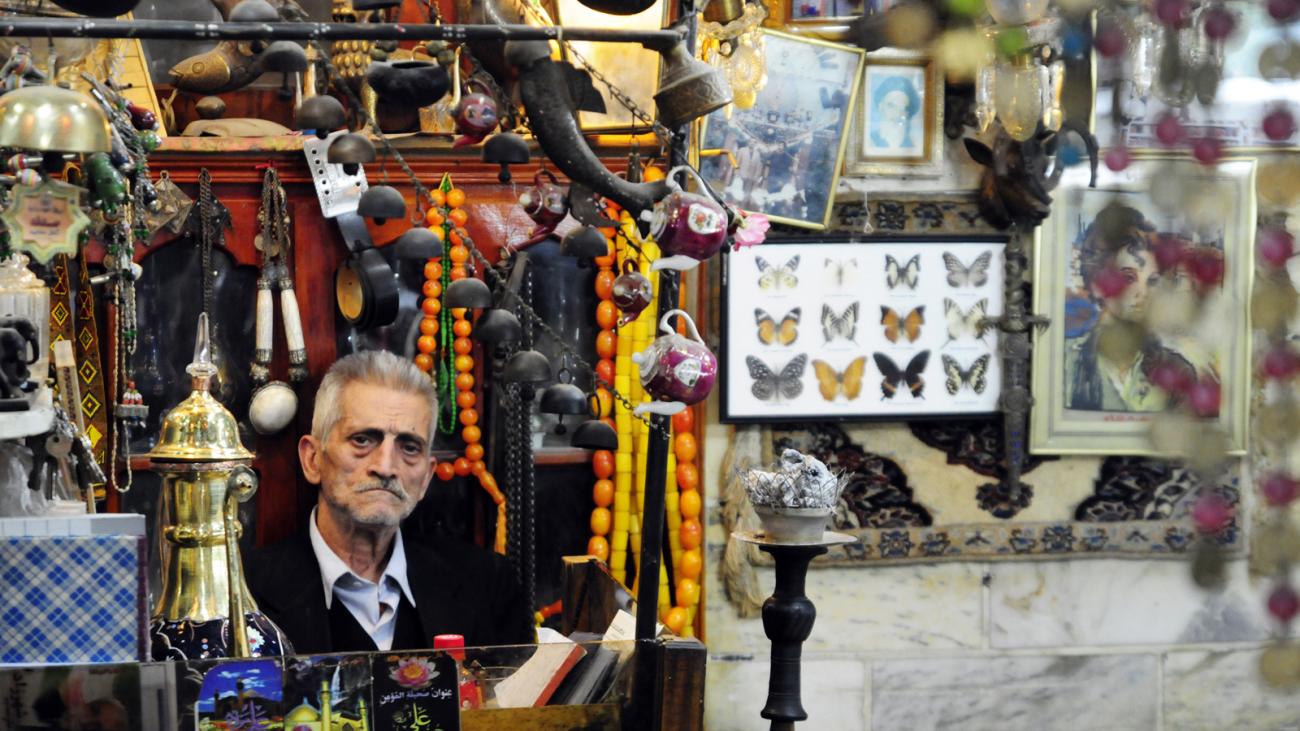
This covered maze of alleys and shops is essential to understanding the meaning of shopping in an Iranian city. Tehran Grand Bazaar has been an historical trade center for more than 200 years and lines over 10km. It has several entrances and consists of corridors, each dedicated to different types of goods. You can call this bazaar a “city” because it includes several mosques, guesthouses, restaurants and banks. Almost everything is available: from jewellery to clothing, kitchen accessories, broadcloth and shoes. Try not to miss the carpet, nut and spice bazaars.
Carpet Museum of Iran
Persian Carpet is said to be the best in the world. If you wish to visit the treasure of rugs and carpets dating back to the 18th century and understand its importance to Persian culture, do not miss this informative museum. Designed by the last Queen of Iran, Farah Diba, in 1976, this museum has an amazing carpet-weaving loom façade. Various and unusual styles of carpet from around the country are represented.
Tehran Museum of Contemporary Art
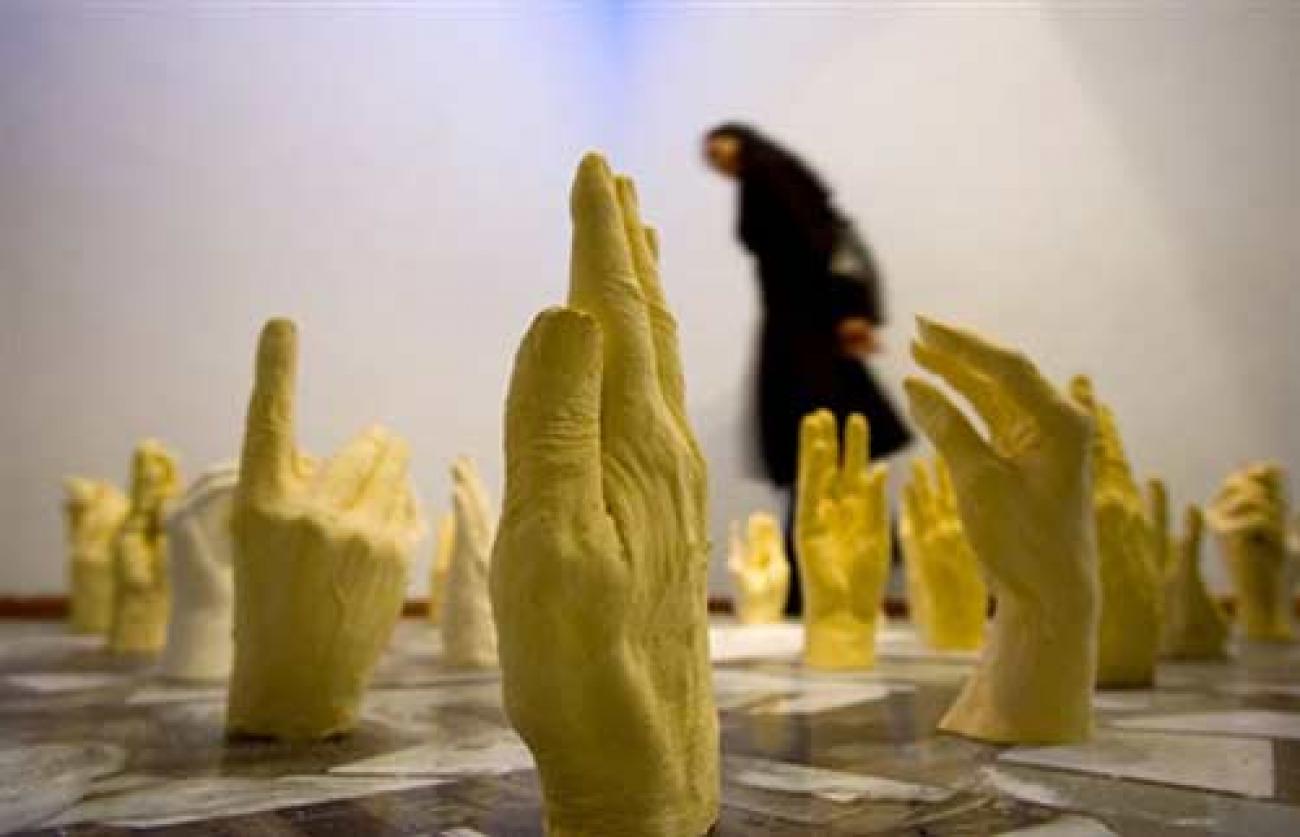
Just near the Carpet Museum, when you are walking to Laleh Park, you will encounter an eye-catching modern building: Tehran Museum of Contemporary Art, most of which is underground. This museum was designed by the Queen’s cousin, Kamran Diba, in 1977. It shows a mixed exhibition of Iranian and Western art. The collection of Western art held there (including works by Picasso, Matisse, Van Gogh, Miró, Dalí, Bacon, Pollock, Monet, Munch, Moore and Warhol and others) is considered to be the most precious outside the USA and Europe. Read more about this collection which recently went on exhibition, showcasing pieces not seen since the Iranian Revolution.
Former U.S. Embassy
The former U.S. Embassy in Tehran has turned into a museum named Den of Spies. This is where Americans were taken hostage in 1979. The Iranian Government believed U.S. agents had been monitoring and plotting against Iran for decades within this embassy building. Explore original materials documenting this time, with photo exhibits, sculptures and stories of the days which led to the breakdown in relations between Iran and United States.
Shopping
In addition to the Grand Bazaar, you should wander around Tajrish Bazaar as well. It is full of different and colorful spices and fresh vegetables. If you are looking for a shopping centre, Arg-e Tejari is within walking distance, or else Kourosh complex or Milad-e Nur in west Tehran.
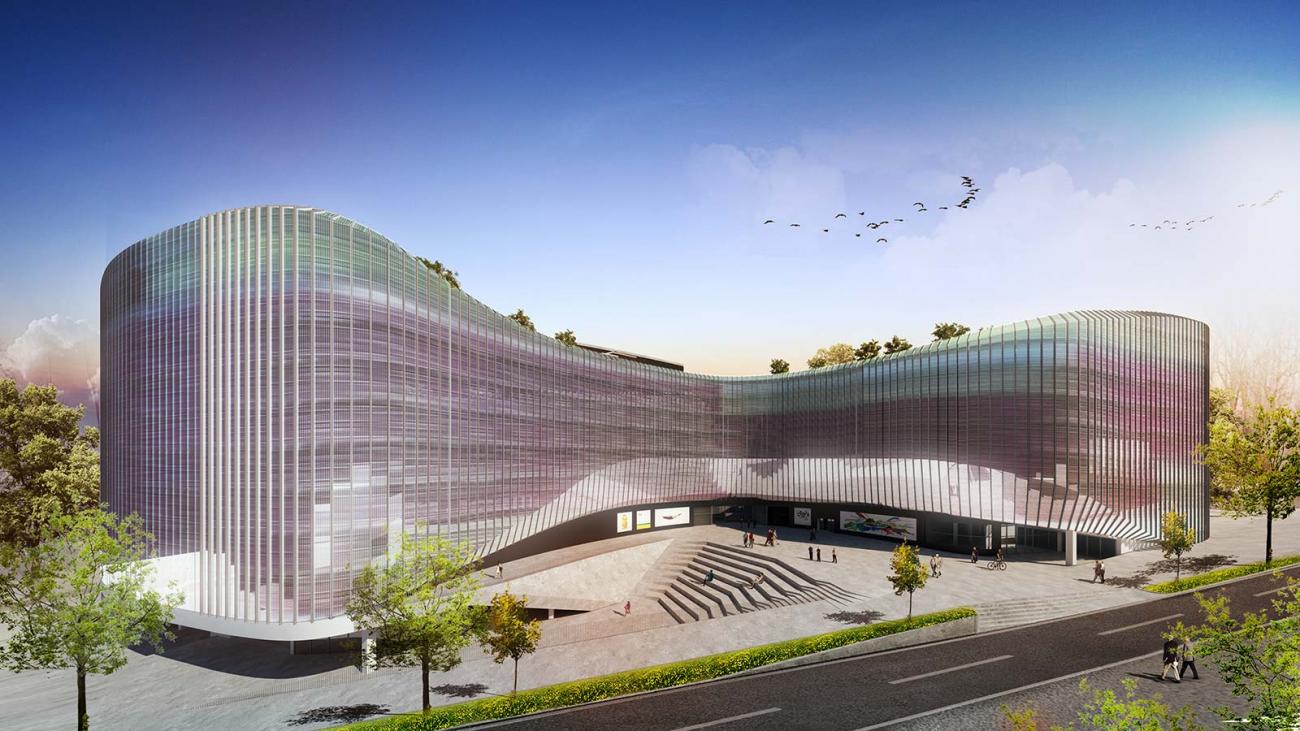
Dinner
To have a memorable evening along with authentic Iranian food, try Darband. Teahouses and stalls selling apricots, lavashak and fresh cherries and mulberries are essential parts of this mountainous area. Walk around Darband and then eat your dinner in Koohpaye restaurant set in a beautiful ambience full of trees.
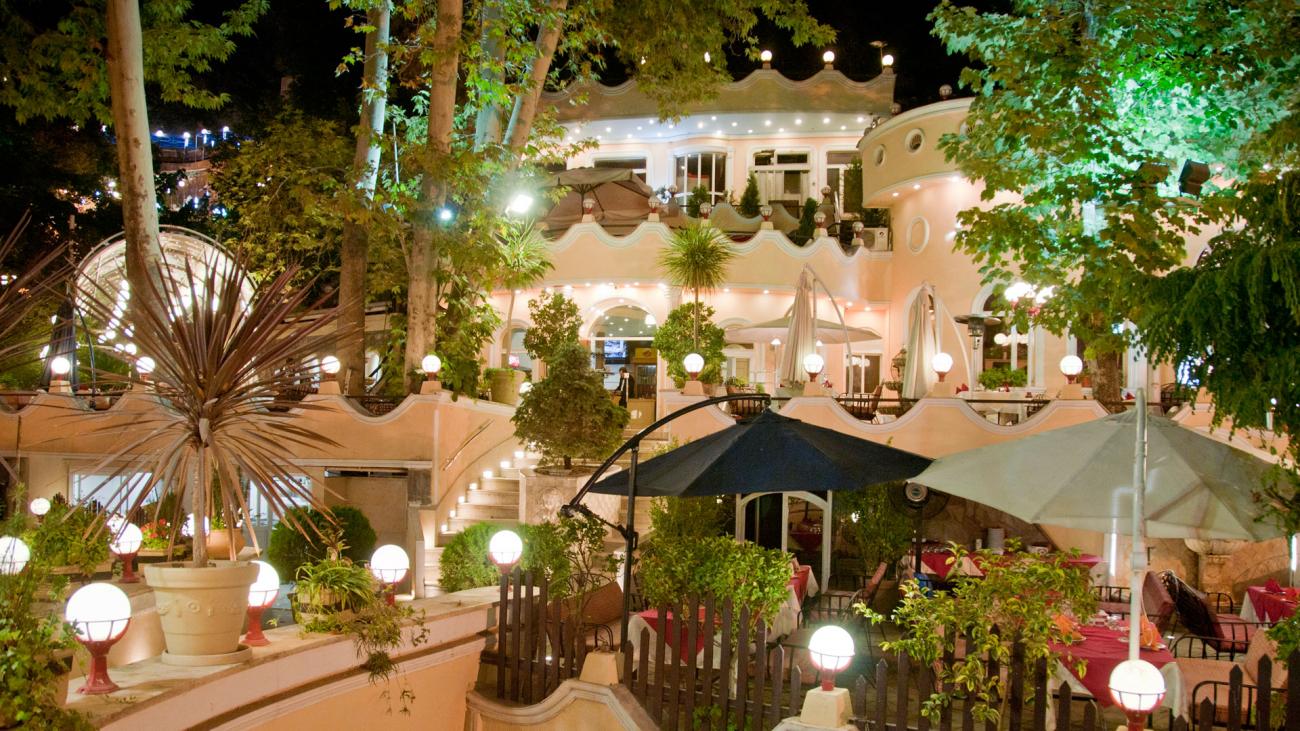
Wooden-pathway Road and Tabiat Bridge Food Court
In one of the best areas of Tehran, Abbas Abad Hills, there is a huge park called Ab-o-Atash (Water and Fire Park). In addition to its beautiful design and the fresh air - no matter if its day or night - there are plenty of cafés and restaurants in two food courts of the park. A wooden-pathway with elegant design is a good place to choose your favorite meal or snacks. Within a five-minute walk from there you will see a marvel bridge called Tabiat (Nature Bridge), which is the largest pedestrian overpass in Iran. Here, not only enjoy the extraordinary views of the city, but rest in its great state-of-the-art food court.
Insider Tips
Did you know Iranians love ice cream? In every town and city there are some places to find the best ones. Akbar Mashti ice cream is a symbol in Tehran. When you are wandering in Tajrish, try Akbar Mashti’s Saffron ice cream or special Iranian sweet noodles called Faloudeh.
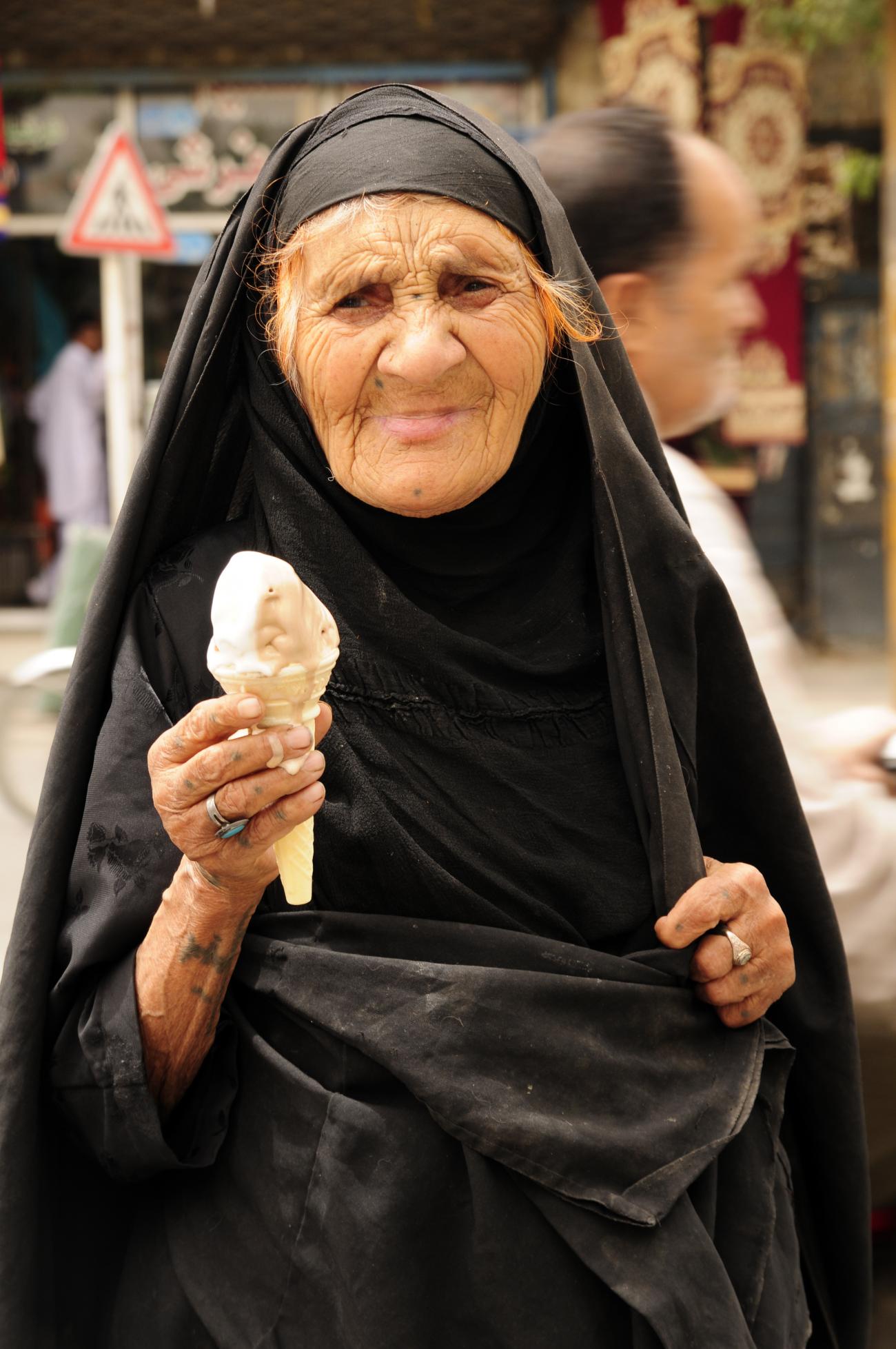
Interesting also to note that Tehran is a city with significant different heights. The altitude of the highest part of Tehran in the north is about 1800m above the sea, while it is 1050m in the south. By passing nearly 9km from Tajrish Square with height of 1600m you will get to Tochal summit at about 4000m! It means the altitude is doubled.
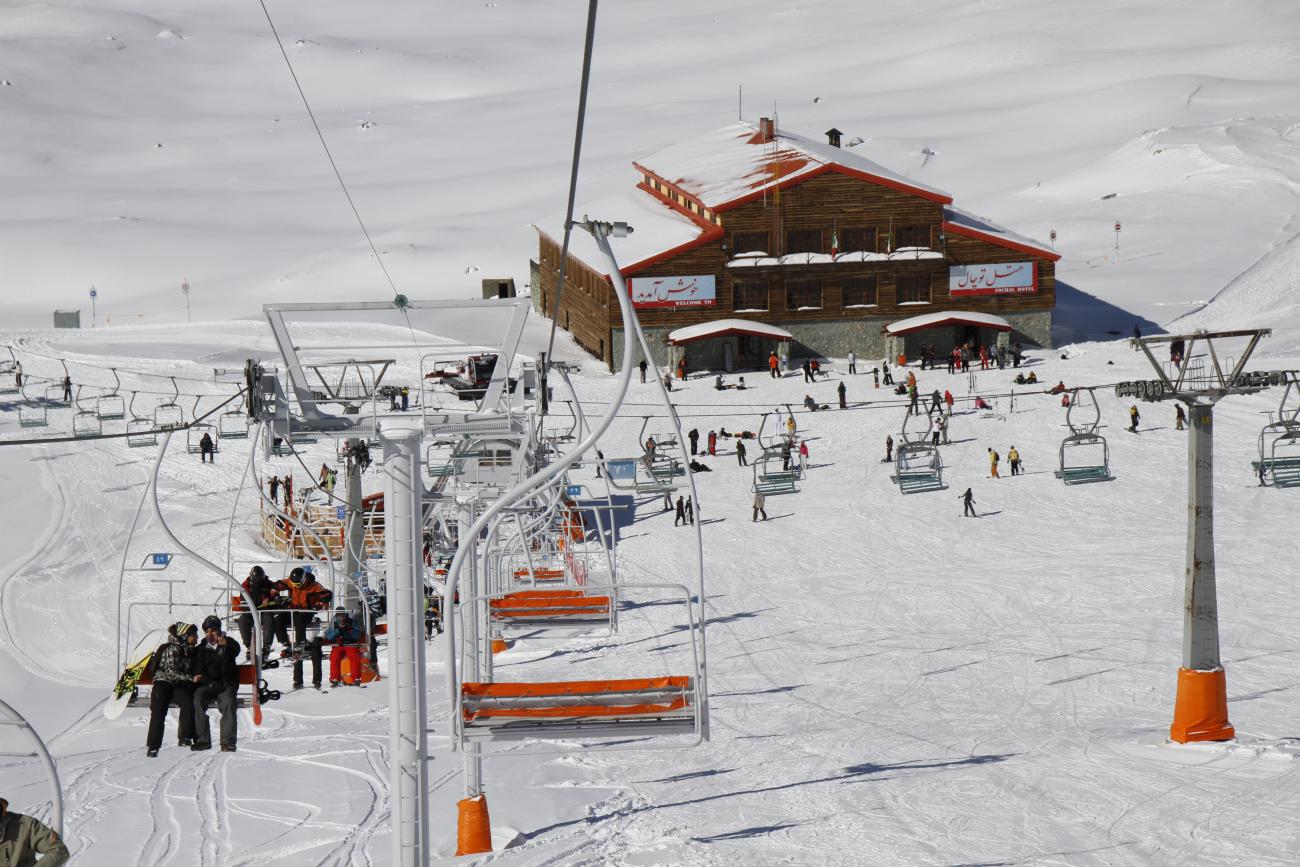
Talking about Tochal reminds us to introduce the Tochal Ski Resort. It is the fifth highest resort in the world, at 3963m. Tochal has a long ski season from December to June. You can easily get to the resort through cable car which leaves from Bam-e-Tehran area. Tochal hotel benefits from unique location, natural beauty and good services.
Quick Facts
Population: 8.5 million
Language: Farsi is the spoken language, Persian is the written.
Currency: Iranian rial
Time Zone: GMT+3hr 30
Flight time from London: 7hr 30
Best time to visit? March till October
Visas: Average applicant wait is 2-3 weeks. It should be noted that Israeli passport holders and anyone with an Israeli stamp in their passport will not get a visa.
Brief history:
The origin of the name Tehran is unknown, but references to the settlement date back over 7000 years. In 331 AD a document described “Tehran is located north of Shahr-e Rey and has many gardens and diverse fruits”. At the time of the Zand dynasty (18th century) Tehran remained a little town, though strategically. But it was with the Qajar kings that modern day Tehran began to emerge. The first, Agha Mohammed Khan, named it the capital in 1778. Further growth came with the subsequent monarch Fath-Ali Shah, when the population doubled with the city’s increasing significance and squares and mosques were built and the streets of the modern city it is today began to be constructed.
Recommended Reading:
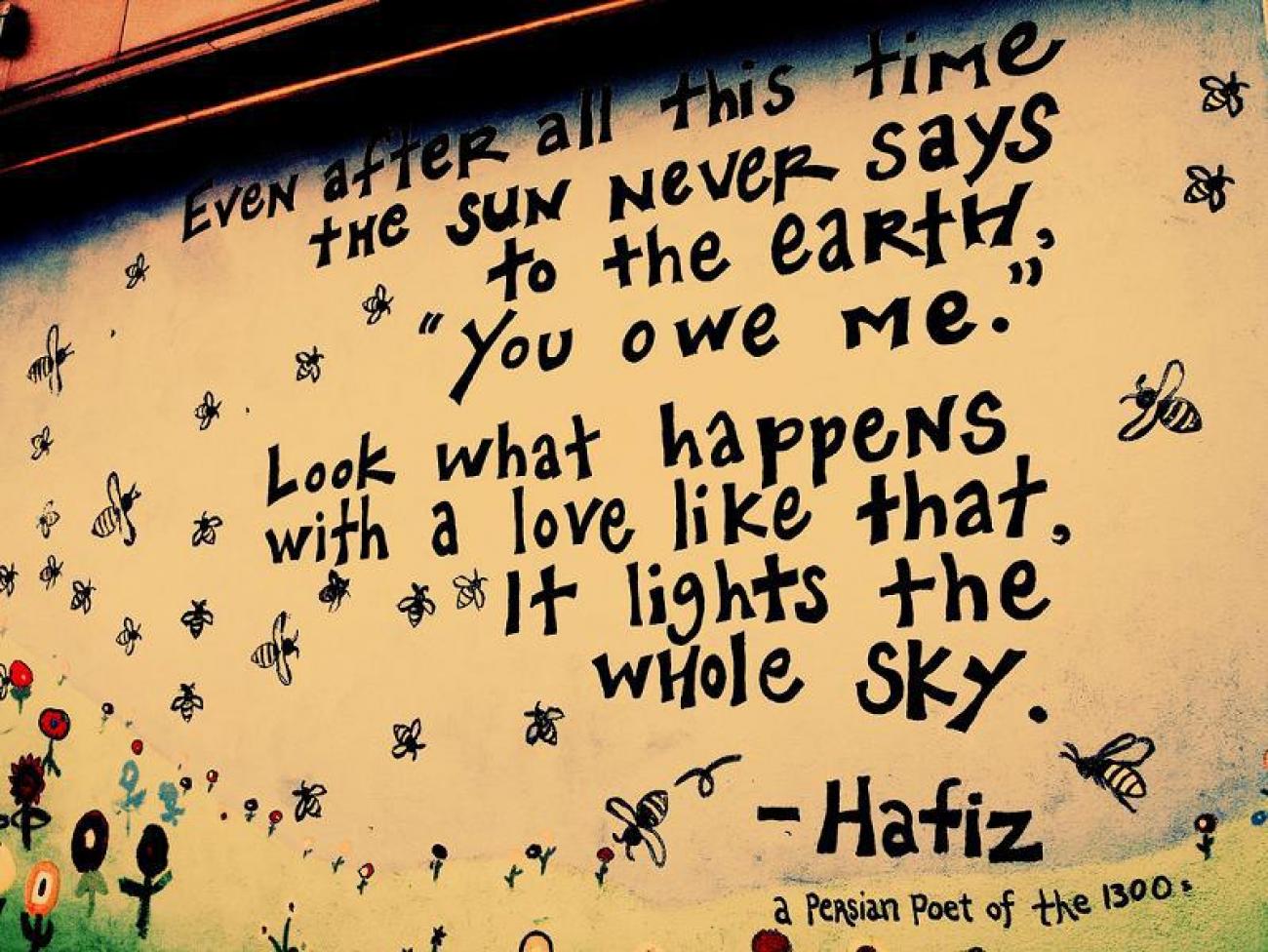
Image Source: twistedsifter.com
You can’t do better than the works of Hafez, the influential Persian poet who lauded the joys of love and wine whilst also exploring themes of religious hypocrisy. It is said that Iranian will have a copy in their home. Iranians recite the beloved poetry by heart and many everyday sayings derive from his texts.
We asked Shahab to write us this city guide of his beloved city, to make sure we provided the most comprehensive guide possible. Shabab feels Iran is "the most misunderstood country of the world" and we at Wild Frontiers share this sentiment and strive to showcase all Iran has to offer.
Shahab Nazarian lives in Tehran with his wife and two young sons. Working in the Travel & Tourism industry since the year 2000, he currently works with an Iranian tour company Persia Tourism. He also leads his NGO "Unbelievable IRAN", specialising in green, cultural tours to Iran with a "local taste and touch" motto. Thanks to his job, Shahab and his enthusiastic team members know Iran inside-out, although he reminds us this is a bold statement for such a big and diverse country. Their love for their country has led to them devoting their entrepreneurial career to getting more people to visit their beautiful and historic homeland – a sentiment very much shared by us at Wild Frontiers.
You can follow Shahab on Twitter @unbiran or visit his website at www.unbelievableiran.com
Wild Frontiers passes through Tehran on all of its group tours to Iran, alternatively you can tailor make a holiday there and spend more time getting to know this terrific city.
